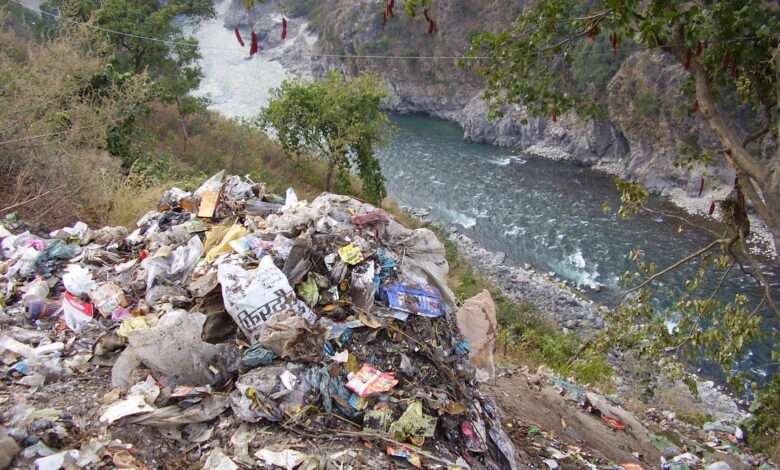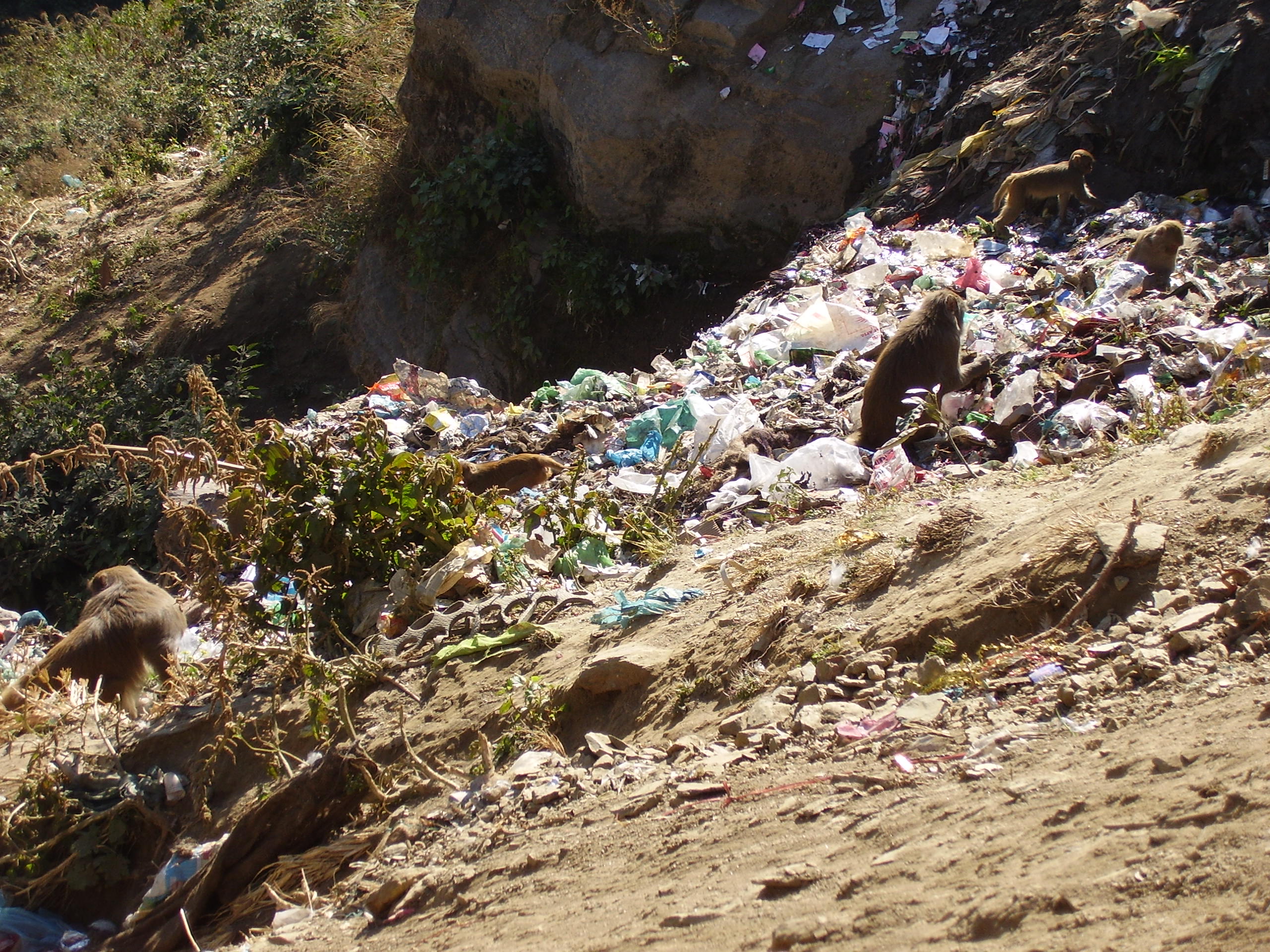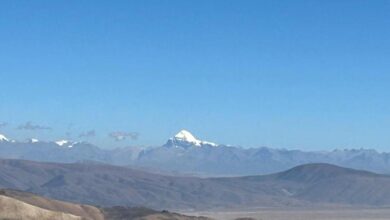Litter: Consumerism or Indifference

Litter: Consumerism or Indifference
Vipin Kumar
Dehradun, Dec 6
The year 1862 is a watershed year in the modern history of mankind which witnessed the advent of plastics. Since then the material has been used in various ways , reaching a stage where it is used in cutting edge technologies such as space programs, bullet proofing and prosthetic limbs to everyday products such as beverage containers, medical devices and automobiles. However, its use in packaging has made its presence cosmopolitan reaching the remotest corner of the Earth.
The light weight water resistant and water proof packings have been the choicest material for the manufacturer and the consumer. High up in the mountains the mountaineers, trekkers and nature lovers prefer to carry food and eatables in plastics. The problem only begins once the packings are discarded and littered. The landscapes are tinted and with the rain it is washed into the rivers which carry them downstream .The impact of such waste on landscapes and along the river banks is experienced through their accumulation after the monsoons.
In a study conducted in Darjeeling the impact of accumulation of plastics on hill sides lead to blockade of water leading to an increase in anomalous pressure. This in turn lead to mass collapse and finally slope failure. The long term impact is felt through deep rut on the hill side as a water escape route. In Nainital and Mussoorie, the garbage disposal slopes have become laden with huge mass of such material which in the event of heavy rain may lead to a disaster of unimaginable proportion. The costs entailed in the process of their removal are enormous which the local bodies cannot afford to meet. The costs in terms of environmental loss and its long term impact cannot be assessed by any measuring rod.
The mighty perennial rivers like Yamuna, Bhagirathi, Alaknanda and Mandakini which are the life line of the Indo- gangetic plain are witnessing an unchecked ics. The crystal clear waters which were known to carry silt and gravel have become the transport vehicle for post consumer plastic waste. Piles of bottles and film plastics can be seen along the banks which remain littered for the next rainy season. The pilgrims who endure hardships to satiate their spiritual urge tend to forget that the discarded plastics will eventually land up in water bodies choking the aquatic life system. Various studies have revealed that the immediate affect of post consumer waste leads to elimination of zoo-planktons, affects the breeding of fish and tends to damage the fragile balance of the water bodies.

While the hills reel under the onslaught of non-biodegradable plastics, the industry is witnessing an annual growth rate of 20%. As per the current data of the plastic industry Indians are consuming 18 million tons of plastic products annually which is expected to reach 22.5 million tons by the year 2022. It is worth mentioning here that about 50% of the net product will go in packing. It is high time that a comprehensive policy and cost internalization mechanism in plastic packings be initiated for meeting the ever increasing costs of waste collection and disposal. Environment protection especially of the Himalayas is everyone’s responsibility and the plastic industry is no exception to it.
(Vipin Kumar is an eminent environmentalist who has worked on garbage management in the Himalayan region for past more than three decades.)




